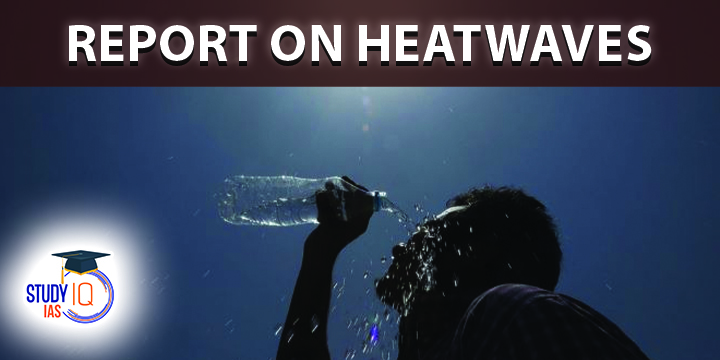Table of Contents
Heatwaves And Climate Change Highlights
Heatwaves And Climate Change are a major cause of suffering and death:
Between 2010 and 2019, IFRC recorded 38 heatwaves that accounted for the deaths of over 70,000 people, making them among the deadliest hazards in that period.
The 2010 Russian heatwave alone claimed up to 55,000 lives due to a combination of extreme heat and wildfires.
Heatwaves And Climate Change Highlights as a health threat:
Exposure to high temperatures compromises the body’s ability to regulate temperature and can result in a cascade of illnesses, including heat cramps, heat exhaustion, heatstroke, and hyperthermia.
However, high maximum temperatures are not the only threat to health during a heatwave.
Heatwaves And Climate Change: Other Factors Include
- Thermal inequalities: Thermal inequality is defined as the disparity in the vulnerability of particular individuals to the negative effects of heat extremes compared to others.
- Regional inequality: The impacts of heatwaves will be more adverse in certain parts of the world which includes Sahel, the Horn of Africa and south and southwest Asia.
- Gender inequality: As extreme heat dries water resources, affects food production and thus increases women workloads, thereby making them more vulnerable to heatwaves.
- Income inequality: The combined effects of warming, ageing and urbanization will cause a significant increase in the number of at-risk people in low-income countries in the coming decades.
- Vulnerable groups: These groups include the elderly, people who are obese, people with disabilities or pre-existing medical conditions, infants, and pregnant and breastfeeding women. These are more vulnerable to the impacts of heatwaves.
- Urban –Rural gap: Cities are at the epicentre of vulnerability to heatwaves. Analysts project a 700 per cent global increase in the number of urban poor people living in extreme-heat conditions by the 2050s.
- Heatwaves And Climate Change:
- An extreme-heat event that would have occurred once in 50 years in a climate without human influence is now nearly five times as likely.
- Under 2°C of warming, an extreme-heat event is projected to be nearly 14 times as likely and to bring heat and humidity levels that are far more dangerous.
- Cascading impacts:
- Extreme heat will also increasingly undermine agriculture and livestock systems, degrade natural resources, damage infrastructure and contribute to migration.
- The International Labour Organization (ILO) projects that economic losses related to heat stress will rise from US$280 billion in 1995 to $2.4 trillion in 2030, with lower-income countries seeing the biggest losses.


 Serious Fraud Investigation Office (SFIO...
Serious Fraud Investigation Office (SFIO...
 Article 142 of Indian Constitution, Sign...
Article 142 of Indian Constitution, Sign...
 Pakistan-Occupied Kashmir (PoK): History...
Pakistan-Occupied Kashmir (PoK): History...





















